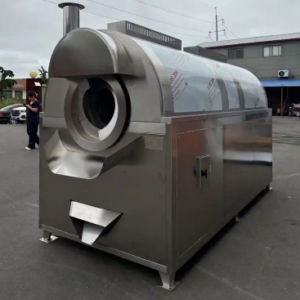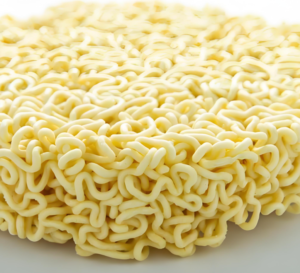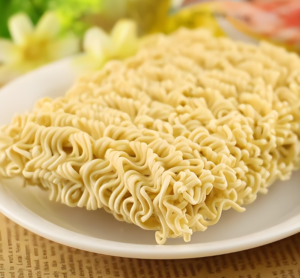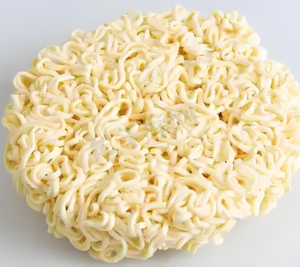The Processing Technology of Macaroni Pasta
Macaroni, a popular type of pasta, is enjoyed worldwide for its versatility and unique shape. The production process involves several key steps to ensure high quality, texture, and shelf stability. Below is an overview of the macaroni manufacturing process.
1. Ingredient Selection
The primary ingredients are durum wheat semolina and water. Durum wheat is preferred due to its high gluten content and golden color. Some variations may include eggs, spinach, or tomato paste for flavor and color.
2. Mixing and Kneading
Semolina is mixed with warm water to form a stiff, crumbly dough (about 30% moisture). Industrial mixers knead the dough until it becomes smooth and homogeneous, ensuring proper gluten development.
3. Extrusion
The dough is forced through a macaroni die in an extruder, shaping it into hollow tubes with a characteristic curve (traditionally achieved by differential air pressure during cutting). Modern dies allow various shapes (elbows, spirals, etc.).
4. Drying
A critical step to reduce moisture (from ~30% to ~12%) and prevent spoilage. Macaroni undergoes three-stage drying:
- Pre-drying (40–50°C): Rapid surface moisture removal.
- Resting: Moisture redistributes evenly.
- Final drying (60–70°C): Removes internal moisture slowly to avoid cracking.
5. Cooling and Packaging
After drying, pasta is cooled to room temperature to prevent condensation. It is then packaged in airtight bags or boxes, often with nitrogen flushing to extend shelf life.
6. Quality Control
Parameters like color, texture, moisture content, and cooking time are tested. High-quality macaroni should remain firm (al dente) after cooking.
Conclusion
The macaroni production process combines traditional techniques with modern technology to create a durable, versatile product. Proper extrusion and drying are essential to maintain its shape and cooking properties, ensuring consumer satisfaction globally.
Would you like details on any specific stage?








